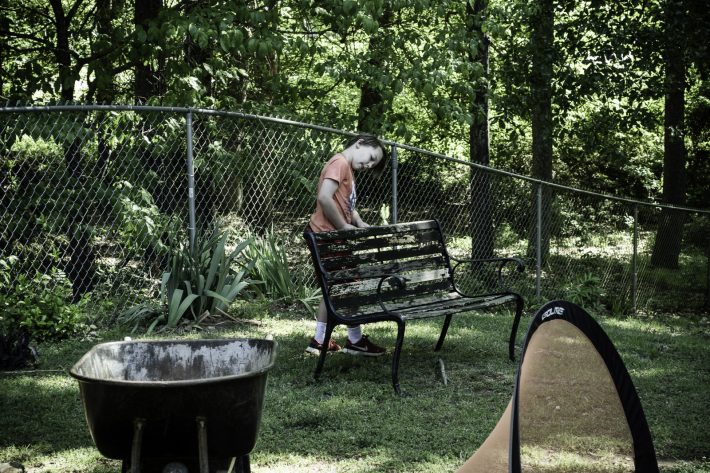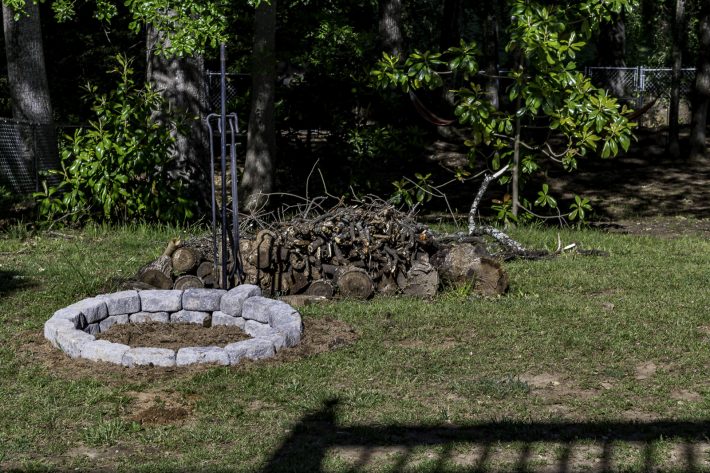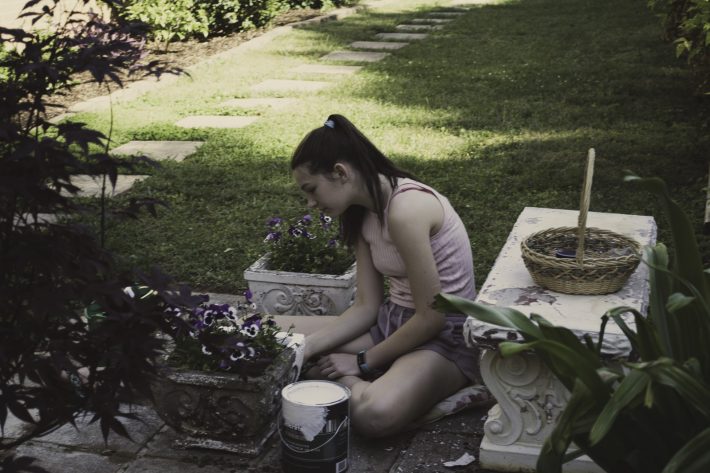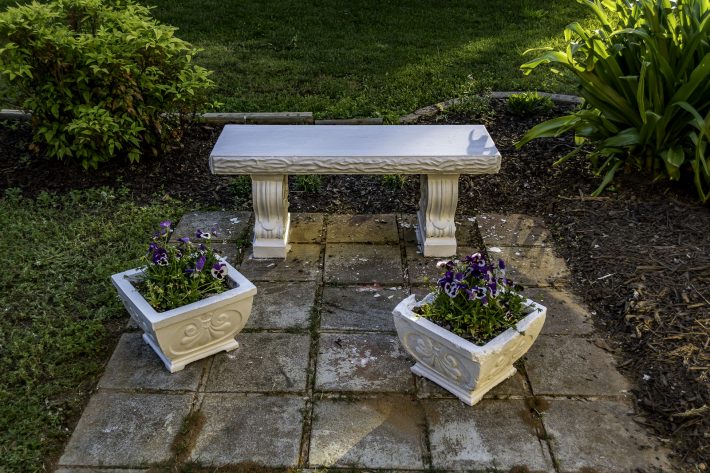This morning I had a little epiphany that I should have had months ago: “I’ll bet there are lots of audiobooks on Spotify.” I know — an obvious thought I should have had long ago, but I am sometimes a little slow on the up-take. I did a quick search and discovered that almost any classic one could imagine is there. Shouldn’t have been a surprise.
A month or so ago, I’d pulled from the bookshelf a novel I’ve been wanting on and off to re-read since college, The Scarlet Letter. I hadn’t really liked it a lot then, and I liked it even less in high school, but I reasoned that, being twenty-five years older than when I’d last read it, I might see something more in it.
For one thing, it’s been a different read because I finally made it through the opening section, “The Custom House.” When we read it in college, we were supposed to read that seemingly disconnected introduction but I didn’t. Today, I listened to it while I worked on our broken smoke, cleaning off the base blocks before screwing down the barrel that serves as the body of the smoker and then covering all the base in concrete. The job took about an hour and a half because I spent some time trying to pry off the leaking quick-connector on the hose before mixing the concrete, to no avail; the intro itself took considerably longer to complete.
And what of “The Custom House”? It’s a fictionalized attempt at making the story seem authentic by making it something of a found-footage type novel (mixing media there, I know). Was that novel (no pun in intended)? I really don’t know.
When the novel began, I was back in familiar territory. I’d initially forgotten about that opening, with the rose outside the jail door, but once that portion began, it was like hearing a long-forgotten-but-once-loved song again after twenty years:
[O]n one side of the portal, and rooted almost at the threshold, was a wild rose-bush, covered, in this month of June, with its delicate gems, which might be imagined to offer their fragrance and fragile beauty to the prisoner as he went in, and to the condemned criminal as he came forth to his doom, in token that the deep heart of Nature could pity and be kind to him.
This rose-bush, by a strange chance, has been kept alive in history; but whether it had merely survived out of the stern old wilderness, so long after the fall of the gigantic pines and oaks that originally overshadowed it,—or whether, as there is fair authority for believing, it had sprung up under the footsteps of the sainted Ann Hutchinson, as she entered the prison-door,—we shall not take upon us to determine. Finding it so directly on the threshold of our narrative, which is now about to[53] issue from that inauspicious portal, we could hardly do otherwise than pluck one of its flowers, and present it to the reader. It may serve, let us hope, to symbolize some sweet moral blossom, that may be found along the track, or relieve the darkening close of a tale of human frailty and sorrow.
While I was working on the smoker, the Boy was working to remove the last bit of flaking paint from the bench we brought from Nana’s and Papa’s to use by our firepit.
I went inside to get the drill and impact driver and by the time I came back out, he’d disappeared.
“It’s too hard!” he exclaimed. I think he understood that I expected him to get all the paint off.
By the time I was ready to work on the next project of the day, the novel was introducing its heroine, Hester Prynne.
The young woman was tall, with a figure of perfect elegance on a large scale. She had dark and abundant hair, so glossy that it threw off the sunshine with a gleam, and a face which, besides being beautiful from regularity of feature and richness of complexion, had the impressiveness belonging to a marked brow and deep black eyes. She was lady-like, too, after the manner of the feminine gentility of those days; characterized by a certain state and dignity, rather than by the delicate, evanescent, and indescribable grace, which is now recognized as its indication. And never had Hester Prynne appeared more lady-like, in the antique interpretation of the term, than as she issued from the prison. Those who had before known her, and had expected to behold her dimmed and obscured by a disastrous cloud, were astonished, and even startled, to perceive how her beauty shone out, and made a halo of the misfortune and ignominy in which she was enveloped. It may be true, that, to a sensitive observer, there was something exquisitely painful in it. Her attire, which, indeed, she had wrought for the occasion, in prison, and had modelled much after her own fancy, seemed to express the attitude of her spirit, the desperate recklessness of her mood, by its wild and picturesque peculiarity. But the point which drew all eyes, and, as it were, transfigured the wearer,—so that both men and women, who had been familiarly acquainted with Hester Prynne, were now impressed as if they beheld her for the first time,—was that Scarlet Letter, so fantastically embroidered and illuminated upon her bosom. It had the effect of a spell, taking her out of the ordinary relations with humanity, and enclosing her in a sphere by herself.
The scarlet letter is a double symbol: it is a symbol to the characters in the novel of Hester’s sin and depravity as well as a symbol for Hester herself of her resistance. For readers, it’s both these things, but it also represents the hypocrisy of Puritans, among other things.
At this point, I’m about halfway through the novel, though completely through the day’s projects (as is L). More thoughts coming later, I’m sure.




0 Comments